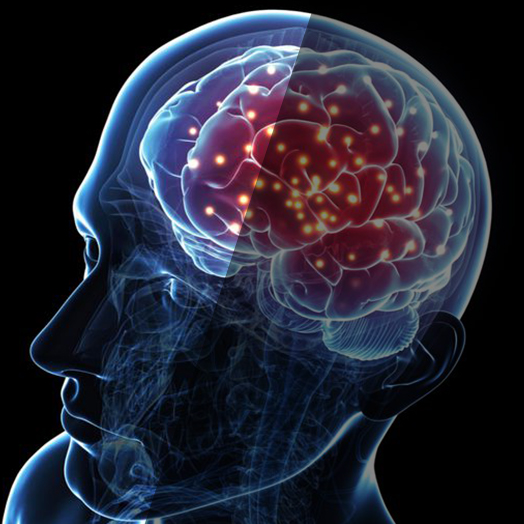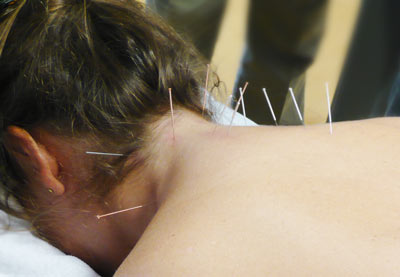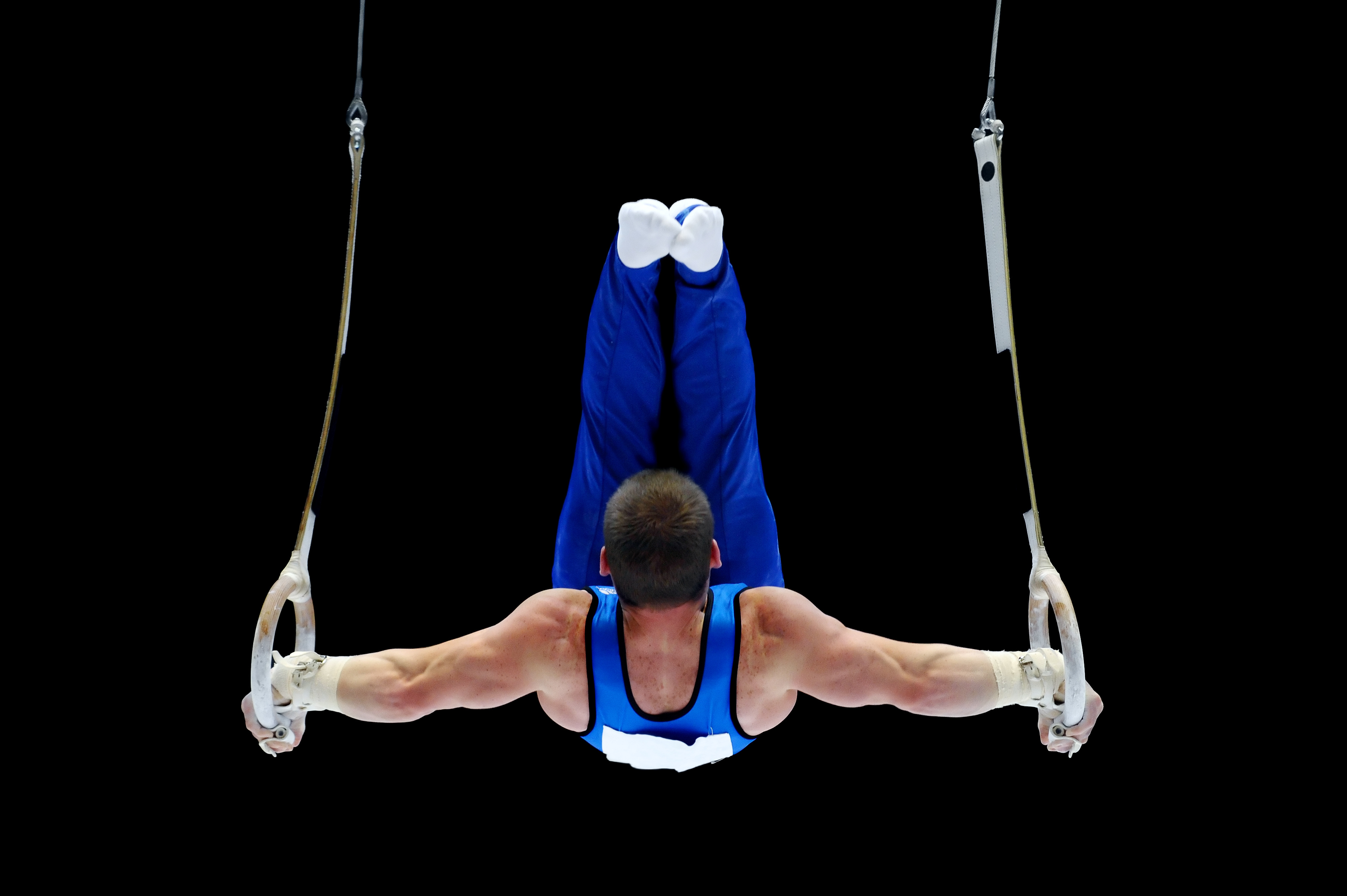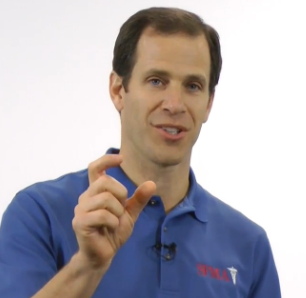Don't Let the Medical Diagnosis Drive the Boat
Written by FMS SFMA
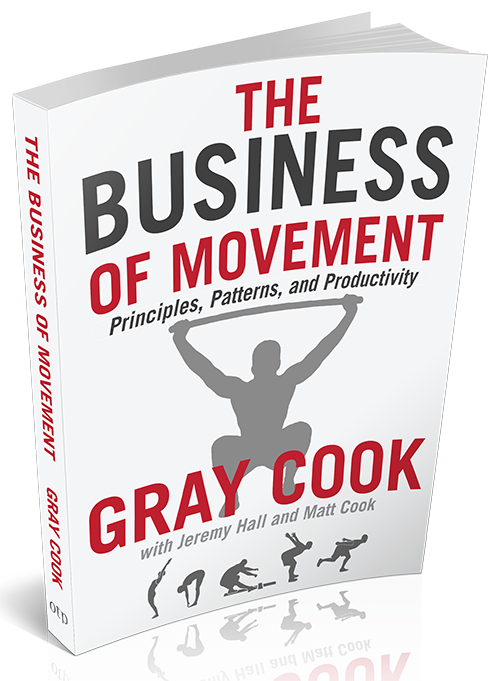 This article was adapted from The Business of Movement, a new book by Gray Cook.
This article was adapted from The Business of Movement, a new book by Gray Cook.
The Business of Movement
Principles, Patterns, and Productivity
Don't let the medical diagnosis drive the boat.
That quote from Dr. Jason Hulme captures where many clinicians struggle in delivering and communicating effective treatment plans. Patients often end up labeled by a medical diagnosis with little additional functional or behavioral context. Sometimes, through their own research or talking with friends and family, people walk into a clinic with expectations of what they need.
How often have you been asked, “What are some good exercises for my (fill in the body part) pain?”
Would you do the same treatment for every patient who walks in with the same diagnosis? Of course you wouldn’t, because you recognize there can be other impairments or issues beyond the painful joint or injured muscle.
We don’t treat the diagnosis; we treat the person.
The medical diagnosis provides perspective of the physiology or biomechanics of what may be going on from a local level, but it doesn’t provide clear guidance on what to do.
Those of us practicing medicine know that, but patients don’t. That’s why we need to have that conversation right out of the gate. People are sold on the idea that a particular stretch, exercise, or treatment is the solution for a problem. They’re searching for someone to confirm their beliefs.
The medical diagnosis doesn’t tell us what to do; it tells us what not to do—the positions, loads, and sensations to avoid and the lifestyle behaviors that may be contributing to impaired healing or an elevated pain response.
A functional diagnosis, established through the SFMA, tells us which movements may need to be avoided, but also which movements can benefit from a corrective path. Using the variables at play can help patients appreciate that pain isn’t the problem—pain is the signal.
Knowing if or when pain is modifiable by a position or activity significantly increases the odds of being able to help. You can drive home the point of where movement is helping—and which postures or positions may need to be abandoned to provide better ways to manage pain. You’re able to take their experiences and connect those back to dysfunctional or painful movements and take a targeted approach in peeling away those layers.
Related Resources
-
What exactly is Dry Needling?
Posted by Gray Cook

